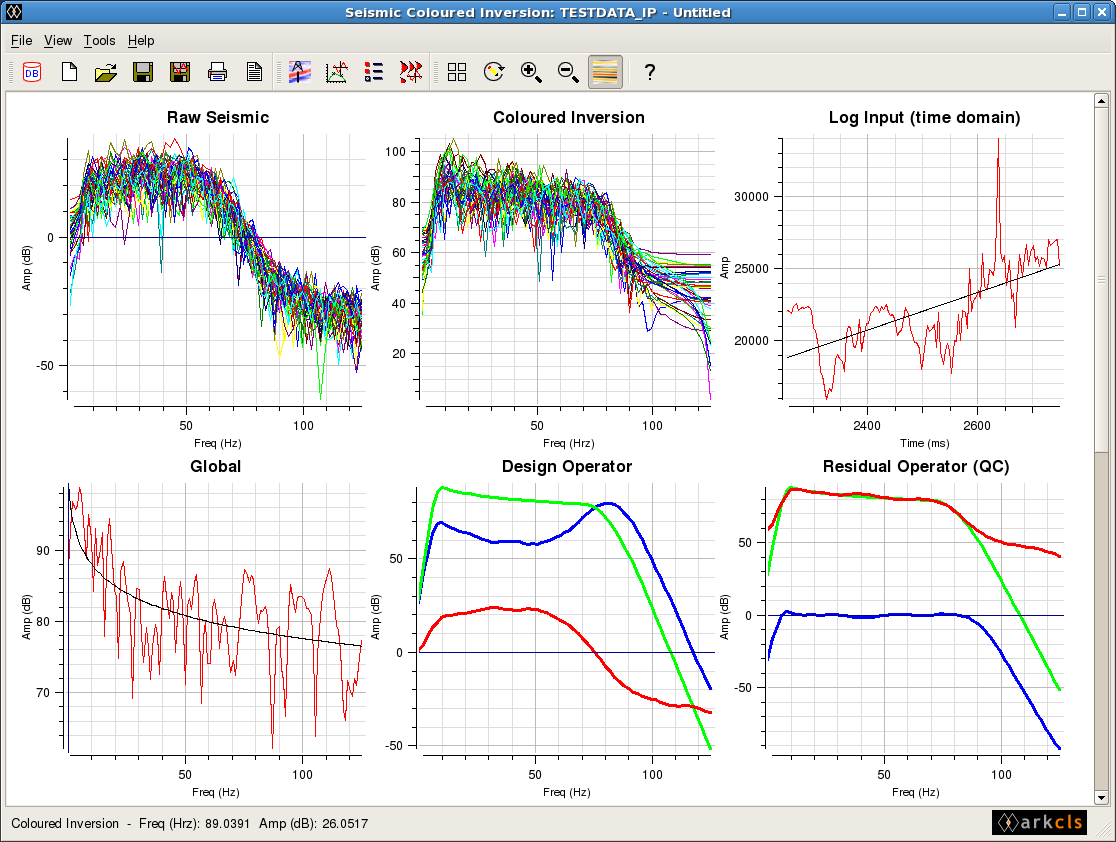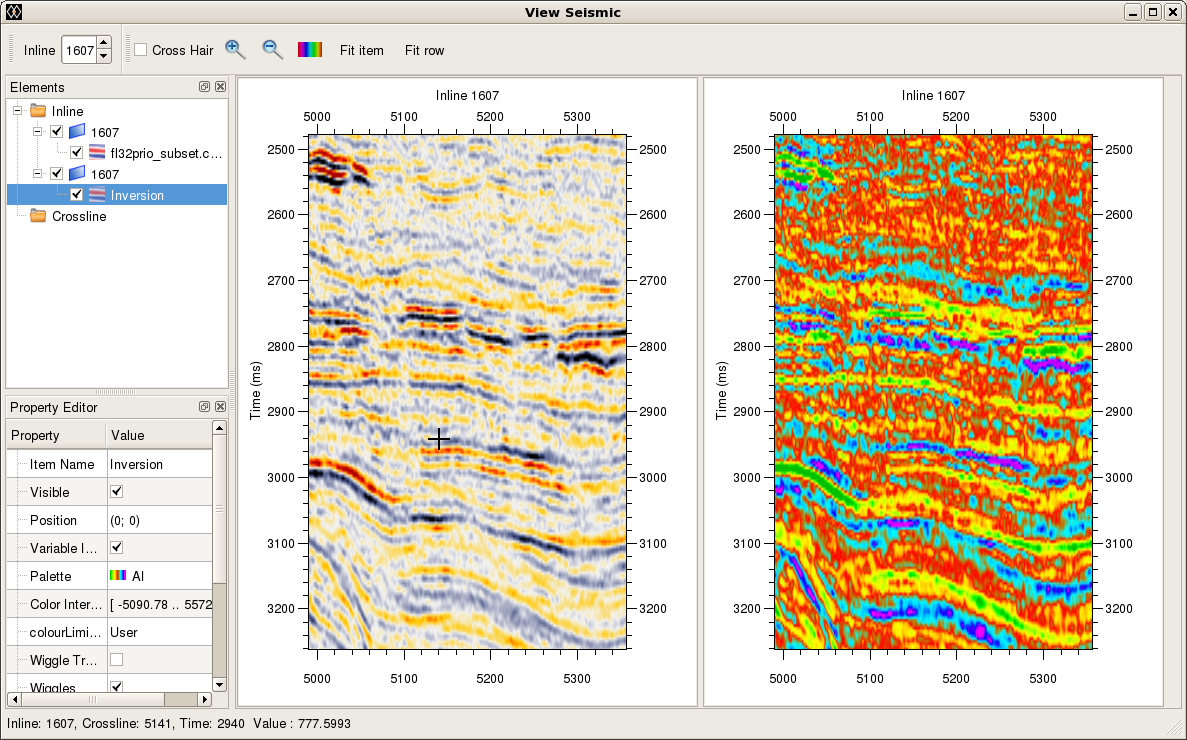Seismic Coloured Inversion
A superior fast track method for the inversion of seismic data
Product overview
- Implementation of Fast-track ‘colored’ inversion1
- Enables the rapid inversion of 2D/3D seismic data
- Use of SCI frequently (>80%) avoids the need to generate full AI volumes
- Fast, robust and inexpensive
- Available as standalone with connections to SEGY, OpenWorks®, SeisWorks®, and GeoFrame*
- Available as a plug-in for Petrel* software and as a plug-in to OpendTect
- Inversion viewed in real-time with our Graphic Viewer
Product description
Inversion of seismic data to Acoustic Impedance (AI) is usually seen as a specialist activity. In spite of publicised benefits, inverted data are only used in a minority of cases. To help overcome this obstacle, this new algorithm, which is quick and easy to use, can increase the use of inversion technology. SCI performs significantly better than traditional fast-track methods such as recursive inversion, and benchmarks well against unconstrained sparse-spike inversion.
With the inclusion of de-trend and normalisation functionality within SCI, geophysical meaning can now be assigned to the observed amplitude changes in the derived impedance volumes. This can be very powerful, particularly with 4D projects. Once the SCI operator has been derived, it can be simply applied using the 3D processing tool included within the SCI software. In this way, inversion can be achieved in a small fraction of time when comparing with unconstrained sparse-spike, and moreover, the volume data do not have to be exported to another package. Existing fast-track methods for band-limited inversion to relative AI are prone to error because no account is taken of the seismic wavelet or calibration to the Earth. Although more sophisticated techniques such as sparse-spike inversion take account of these factors, specialist skills are required. SCI takes into account the seismic wavelet and is consistent with log data. With this technique, it is now possible to routinely invert any dataset within hours and establish a base case against which more sophisticated techniques must be judged.
SCI enables the rapid inversion of 2D/3D data. A single convolution inversion operator is derived that optimally inverts the data and honours available well data in a global sense. In this way, the process is intrinsically stable and broadly consistent with known AI behaviour in the area. Construction of the operator is a simple process and implementation can be readily performed within the processing module included in SCI. As an explicit wavelet is not required, other than testing for a residual constant phase rotation as the last step, this removes an inherently weak link that more sophisticated processes rely on.
Benefits of SCI
Generally, traditional inversion methods (e.g.sparse-spike)&




















